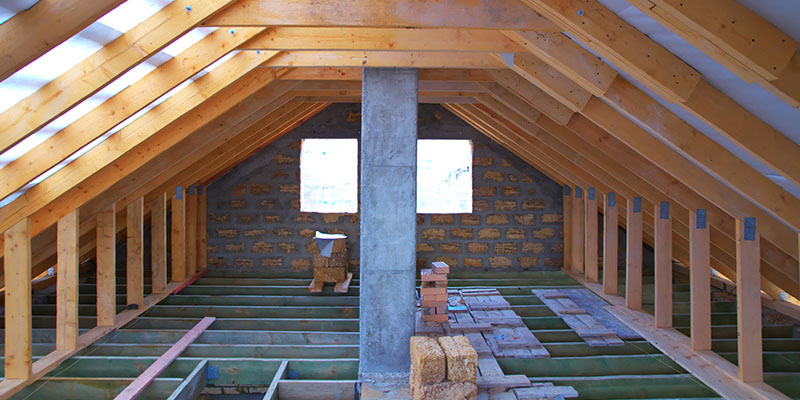
When Should you Replace your Attic Insulation?
Are you starting to feel the negative effects of a lack of effective insulation? It’s highly noticeable when your attic insulation starts to fail you, your energy bills will increase, you will notice more draughts throughout your home and heat will rapidly escape through your roof as it rises.
Common causes for this may be damage to your insulation or old age (especially if your home is quite old) which reduces the effects of your insulating materials.
Therefore, once you understand when it is time to replace your attic insulation, your home can bring back that energy-efficient and high level of comfort that it once had. You can see below 4 key signs that suggest it may be time to replace your home’s insulation.
1. Mould Growth
If you start to see mould growth in and around your attic, this can typically indicate that there is an issue with your insulation, and you may need to consider replacing and removing it.
Mould growth begins to appear after a build-up of moisture, this can be an issue with not having air sealed off in your attic or with dampened insulation from harsh weather. Both factors indicate that you may need to replace the insulation in your attic.
Mould may be visible in multiple areas of your attic, around surfaces, attached to frames across the ceiling plane or on your current insulation material.
2. Damaged Roof
If your roof has experienced damage, maybe from old age or from bad weather conditions, it can start to let in water through unwanted leaks. While some roof insulation types are waterproof, having a leaky roof can create major problems in your attic and insulation.
Many homes already have cellulose insulation installed in their attics, which does not retain water well at all. When your insulation gets wet, it becomes a poor form of insulation, and your energy bills will soon start to rise.
As mentioned above, once your insulation becomes wet from having a damaged roof, moisture builds up which leads to mould growth. This growth will further deteriorate your insulation and structures around it.
3. Older Home
If you live in an older home, it may be time to replace the insulation in your attic. This may not have been something you ever considered when moving in, however, traditional forms of attic insulation do not have lifespans as long as modern-day insulation products. Therefore, if your home is older, it may be worth having your insulation inspected, you may be missing out on many insulation benefits that you never knew you could have.
We would recommend first inspecting your own insulation type, you can then assess what condition it seems to be in and maybe understand what type of insulation you have. If it looks messy and disruptive in your attic, it may be best to consult with a professional for an inspection, in case you have mould growth or asbestos. You do not want to disturb any surface that is riddled with asbestos, and we recommend contacting a professional immediately.
4. Pest Infestation
Pests can feed on some types of insulation which cause irreversible damage and is a key sign that you need to replace your insulation (preferably one that pests such as mice and rats cannot eat).
Mice and rats can be attracted quite easily to your attics because of the warmth provided by insulation and dry shelter, with the addition of your insulation being a source of food.
If your attic area has some strange smells, you can hear little noises of scurrying or you find any droppings, these can be clear indicators of a pest infestation.
If this is the case, then removing all insulation and replacing it with a product that completely seals the entrance can help eradicate the pest problem you have. Learn how to protect your home against rodents.
It is important to be proactive if you suspect such an issue, to avoid further, more serious damages, in the long term.


